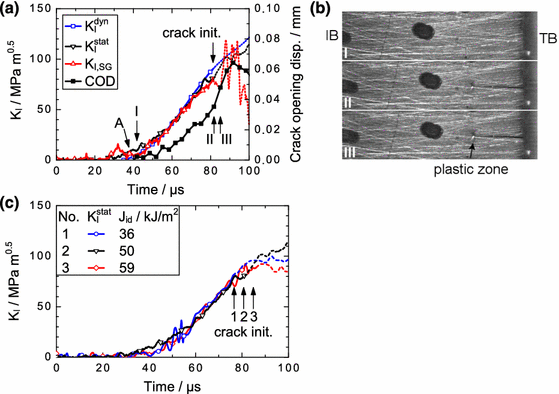
#LOAD SURFCAM VELOCITY II CRACK CRACK#
In addition, the hot crack model presupposes a quite high temperature on the crack tip. While Carbone and Persson 11 have theoretically explained the discontinuity of the mode transition through the effect of the locally high temperature (“hot crack”), their explanation stands only when the crack grows very fast and, in reality, the mode transition can be observed at a low crack velocity. On the other hand, the mechanism of the slow-fast mode transition, which is found around the crack velocity much lower than the sound speed in the material, has not been revealed because of the lack of a simple model to reproduce the phenomenon. The mechanism of the subsonic-supersonic transition is theoretically well explained 16, 20 and this phenomenon has been reproduced successfully by numerical simulations 16, 22. There is another kind of transition of the crack propagation in rubber materials that occurs at the vicinity of the sound speed (subsonic-supersonic transition) and has been investigated intensively 16, 19, 20, 21, 22. The mode transition phenomenon is industrially important because it is empirically known that the property of the mode transition is related to lifetime of rubber products i.e., the higher the transition energy (energy release rate at the mode transition) becomes, the higher durability the rubber has. The two propagation modes show distinct features such as roughness on the crack surface, which implies highly complicated physics behind the mode transition. There are two mode regions, namely the “slow mode” with low crack velocity at low energy release rates and the “fast mode” with high crack velocity at high energy release rates. Some experiments for the crack propagation in rubbers reported an interesting phenomenon: The crack velocity shows a discontinuous jump as energy release rate increases, which is called a “mode transition” 5, 6. A large number of studies have been carried out to investigate the dynamic crack propagation in rubber materials, including experiments 1, 2, 3, 4, 5, 6, theoretical studies 7, 8, 9, 10, 11 and numerical analyses 12, 13, 14, 15, 16, 17, 18. The relationship between the velocity of the crack propagation and the energy release rate has been vigorously investigated as a fundamental property to evaluate how easily rubber products are damaged under external loading.

From the viewpoint of industry, it is important to understand the fracture mechanism of rubbers for better design of reliable rubber products. Due to such properties rubbers find various industrial applications, e.g., tyres, dampers, etc. Rubbers, or elastomers, have exotic mechanical properties, such as entropic elasticity, viscosity and incompressibility.
.png)
The success of realising the mode transition phenomenon by a simple FEM model, which was achieved for the first time ever, helped to explain that the phenomenon occurs owing to a characteristic non-monotonic temporal development of principal stress near the crack tip. As a result, our FEM simulations successfully reproduced the mode transition.
#LOAD SURFCAM VELOCITY II CRACK SERIES#
A series of pure shear test was carried out numerically with FEM simulations and crack velocities were measured under various values of tensile strain. In this study, dynamic crack propagation on an elastomer was investigated using the finite element method (FEM) with a hyperviscoelastic material model. Although it is believed that the mode transition is strongly related to the mechanical properties, the nature of the mode transition had not been revealed. Experiments of crack propagation in rubbers have shown that a discontinuous jump of crack propagation velocity can occur as energy release rate increases, which is known as the “mode transition” phenomenon.


 0 kommentar(er)
0 kommentar(er)
